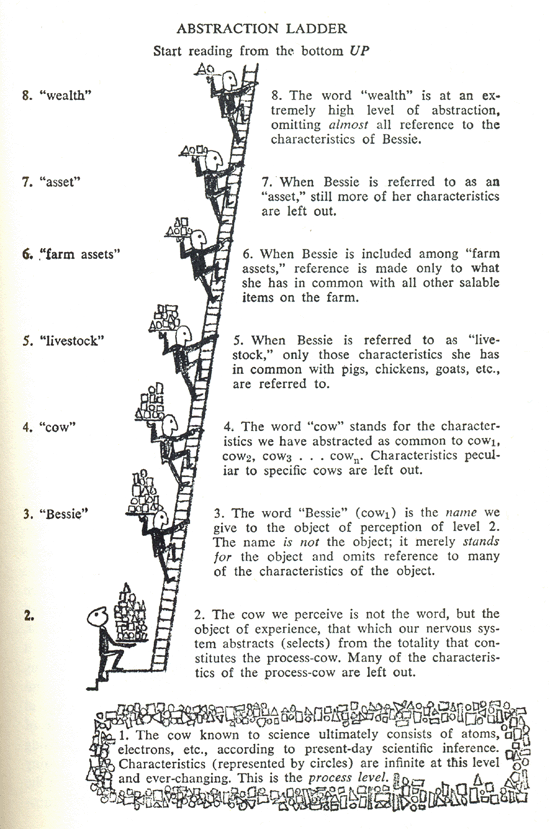Parable of the soft-touch chiropractor
Sunday, December 15th, 2013[raked by Lynn C. Rees]
Driving Mom around during her last years in this life, I sat in on one of her soft-touch chiropractic sessions. Her soft-touch chiropractor was out of the office so one of his disciples stood in.
As he worked, the sub-soft-touch chiropractor said, “Let me explain how this helps your mom.” As he’d done since the session started, he made a fist with his right hand and bent his arm back until the fist reached shoulder height. He flexed the muscles in his arm.
“First, I build up potential energy in my arm.”. The shake in his upper arm intensified.
“Then I concentrate the potential energy in my finger.” He whipped his arm forward and pointed. His arm and finger shook.
“Then I transfer that energy to your mom.”, he said, softly touching Mom’s shoulder. “It’s the perfect translation of potential energy to kinetic energy. Kinetic energy restores balance and balance restores health.”
“Hnn.”, I said.
Who can judge?
- Now these are the words which Jesus taught his disciples that they should say unto the people.
- Judge not unrighteously, that ye be not judged; but judge righteous judgment.
- For with what judgment ye judge, ye shall be judged: and with what measure ye mete, it shall be measured to you again.
- And again, ye shall say unto them, Why is it that thou beholdest the mote that is in thy brother’s eye, but considerest not the beam that is in thine own eye?
- Or how wilt thou say to thy brother, Let me pull out the mote out of thine eye; and canst not behold a beam in thine own eye?
— Matthew 7: 1-5 (JST)
For parables, soft-touch chiropracty’s guilt or innocence is a noop: parablizing does not imply judgement, righteous or not. For show and tell purposes, mote or beam are equally useful. As the Thomas theorem claims:
If men define situations as real, they are real in their consequences.
This is true, though the outer limits on its truth are set by the Graham assertion:
In the short run, the market is a voting machine but in the long run it is a weighing machine.
If tactics is voting, strategy is weighing: strategy is the creation of asymmetry. To mangle Conrad C. Crane, there are two kinds of strategy: asymmetric and stupid: proper strategy puts a finger on the scale. It restores balance through weight of deliberate asymmetry and then balance restores health.
If the cycle of strategy is:
drive → reach → grip
Up the slope of:
certain → hazy → uncertain
With the goal of summiting at:
certain → certain → certain
The parable of the soft-touch chiropractor demonstrates:
- There will be drive.
- Drive motivates a build up of strength. Fist clenching and muscle flexing, metaphoric or not, is involved.
- Strength creates potential reach.
- The ideal strength would banish uncertainty from reach and grip, making them indistinguishable from drive. This would be the perfect translation of potential reach to kinetic grip.
- The leap of faith is the frantic whipping between reach and grip. Pull my finger.
- Though potential reach will generally always fall short of translation into certain grip, sometimes the touch of its less than kinetic sway on its targets’ mind will compensate for its kinetic shortfall.
The sway of soft-touch chiropracty comforted as cancer spread. This is reach and soft power. Its force did nothing to hurt cancer. This is soft grip and hollow power. As reach exceeds grip, so cancer exceeds soft-touch chiropracty. Then comes the inevitable: no balance, no health.




